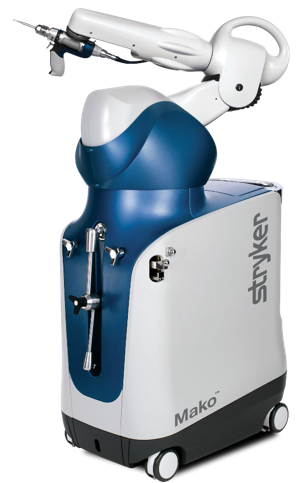- 832-430-2167
Your surgery may be performed using the Direct Superior Approach, a minimally invasive surgical technique used in total hip replacement. This technique may be associated with:


One difference is the location of the incision. During a traditional hip replacement, the surgeon will make an incision through the IT band, which is a muscle that extends down the outside of your leg from the pelvis to the knee. In a Direct Superior procedure, the surgeon avoids cutting the IT band. Another difference is the length of the incision. Traditional hip replacement may require an 10-12 inch incision while the incision used in the Direct Superior Approach may be 3-6 inches in length.
Direct Superior Hip Replacement is a minimally invasive hip surgery technique to replace the hip joint without cutting through any major muscles or tendons. Like the “mini-posterior” approach, the direct superior hip replacement offers many benefits compared to traditional hip replacement surgery.

View our FAQs for answers to questions related to appointments, consultations, medical records, post-operation restrictions and more. For more information click below.